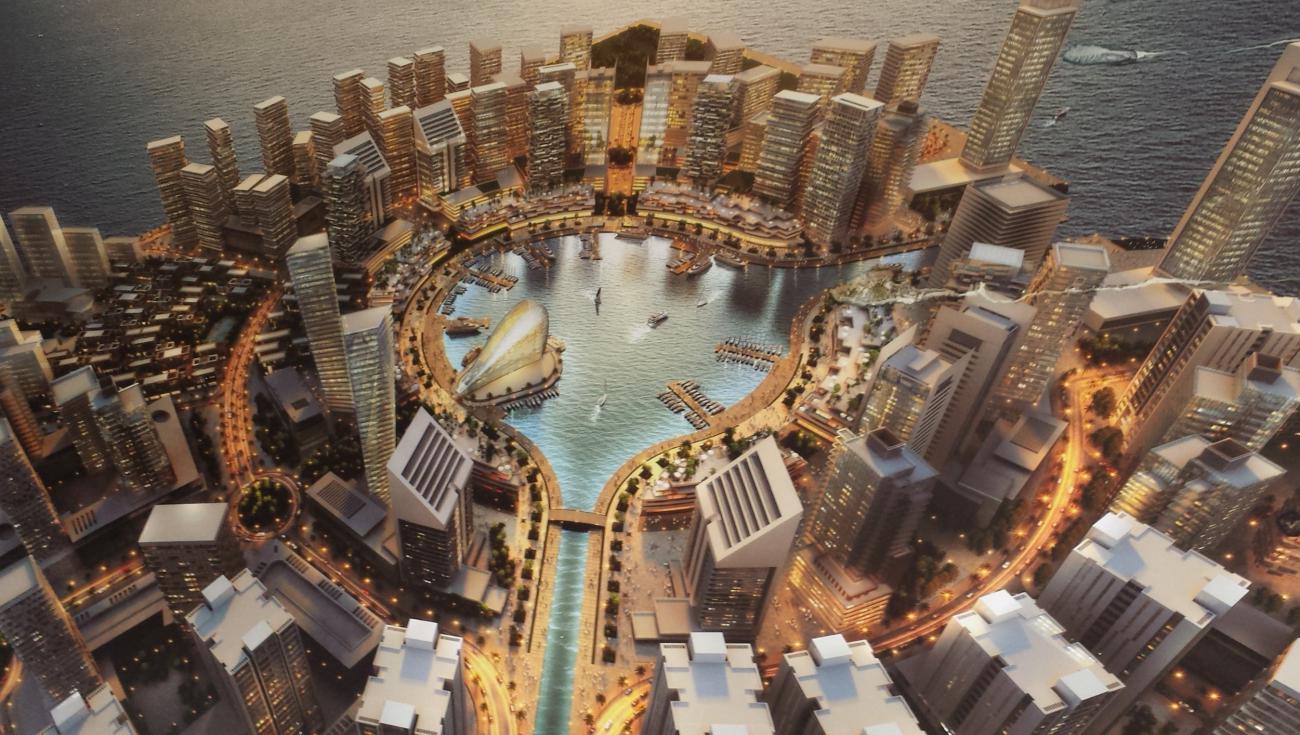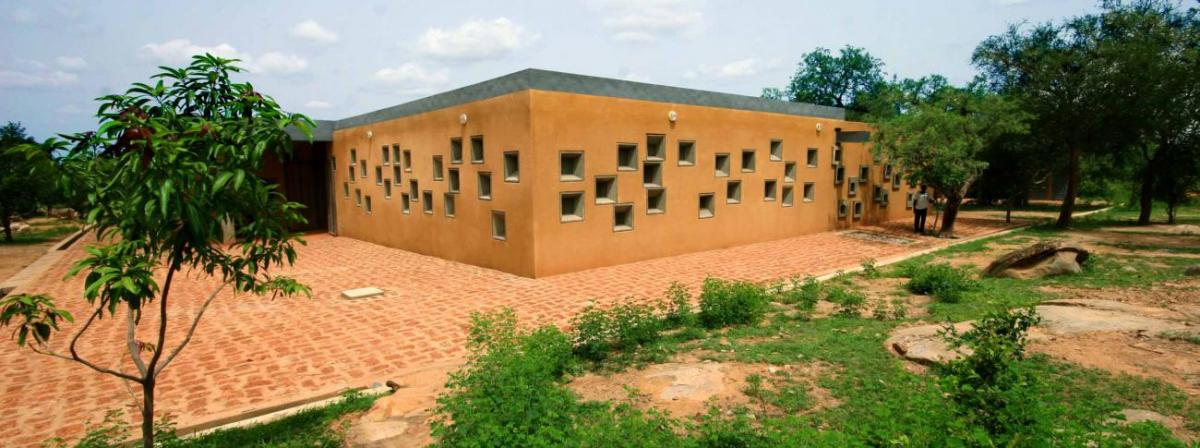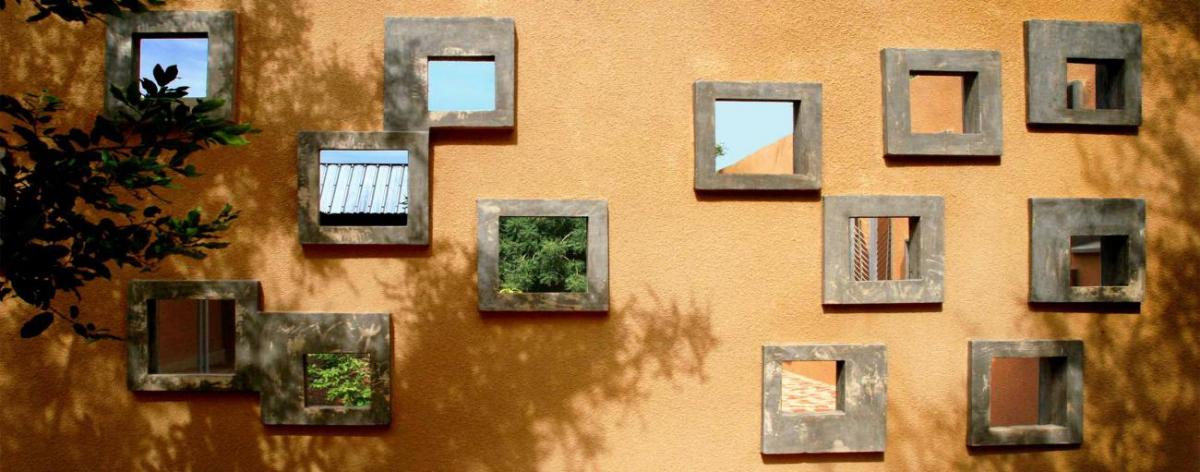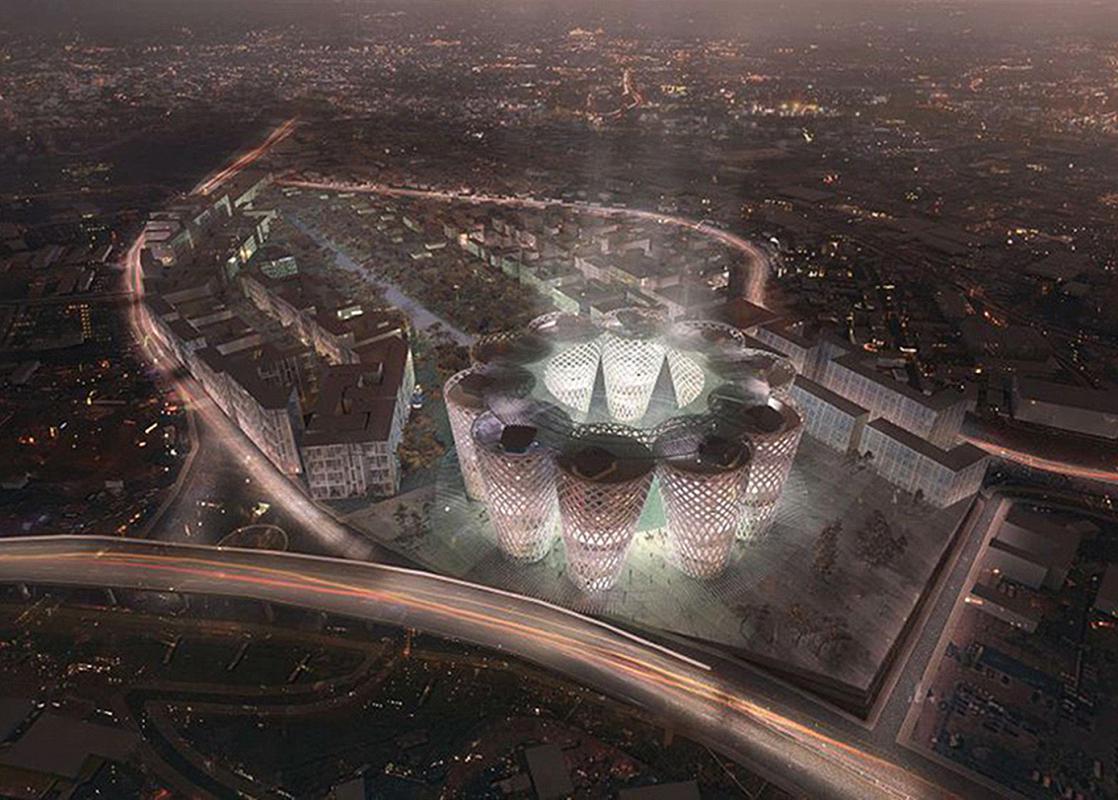
Africa is rising faster than most think. The once proud and illustrious continent is breaking free from the shackles of poverty, indignity, corruption, and even genocide. It is shaking off the perception that it is a hopeless cause—the child who eternally needs propping up, a forever charity case.
Thanks to (mostly mobile) technology, millions of Africans now have the tools to keep themselves continuously informed, run small businesses with sophistication, and report corruption through social-media channels with less fear of retribution.
Says Ngozi Okonjo-Iweala, an economist best known for her two terms as Finance Minister of Nigeria and for her work at the World Bank: “Nigeria's telecoms market is the second-fastest growing in the world, after China. We are getting investments of about a billion dollars a year in telecoms. And nobody knows, except a few smart people. The smartest one, first to come in, was the MTN company of South Africa. And in the three years that I was Finance Minister, they made an average of 360 million dollars profit per year.”
In today’s Africa, corruption is declining while good governance is becoming more prevalent. “[We Africans are] tired of being the subject of everybody's charity and care,” says Okonjo-Iweala. “We are grateful, but we know that we can take charge of our own destinies if we have the will to reform.”

by Kéré Architecture.
In his poignant 2014 Annual Letter on behalf of the Bill and Melinda Gates Foundation, Bill Gates wrote: “First, don’t let anyone tell you that Africa is worse off today than it was 50 years ago. After plummeting during the debt crisis of the 1980s, [income per person] has climbed by two thirds since 1998, to nearly $2,200 from just over $1,300. … Seven of the 10 fastest-growing economies of the past half-decade are in Africa.
“Africa has also made big strides in health and education. Since 1960, the life span for women in sub-Saharan Africa has gone up from 41 to 57 years, despite the HIV epidemic. Without HIV it would be 61 years. The percentage of children in school has gone from the low 40s to over 75 percent since 1970. Fewer people are hungry, and more people have good nutrition. If getting enough to eat, going to school, and living longer are measures of a good life, then life is definitely getting better there.”
How is this relevant to architecture? Never before in modern history have we had an entire continent where there exists such a varied language in urban architecture—this mélange, oddly enough, makes Africa almost a blank canvas. Within this diversity lies the prospect of forging a durable foundation that incorporates millennia-worth of precious local wisdom about what constitutes sustainability.

Jon Sojkowski, an American architect who has been curating an online archive of images and information that celebrates African vernacular architecture, says: “Every country has its own genius loci, its own uniqueness. … Africa is a diverse continent composed of many cultures and styles of architecture in which vernacular architecture has strong ties to the land. It is unique to Africa. Embrace this—there is no need to create or copy western architectural styles.”

largest redevelopment project in Africa’s history, the
Naguru/Nakawa project in Uganda.
Tanzanian-born British architect David Adjaye OBE visited 53 major African cities and photographed thousands of buildings, sites, and places across the continent between 1999–2010 “to understand their history and their geography." His voluminous book Adjaye: Africa, Architecture is a tribute to African metropolitan architecture and a treatise on how geography is fundamentally its main design driver.
"What's amazing,” Adjaye says, “is that, unlike working in Europe or America at the moment, [as an architect] in Africa you can try to ascribe a new paradigm. If you get the right political agency and the right construction environment, you can make extraordinary moments in architecture."
These “moments in architecture” have been receiving international acclaim as eminent architectural practices flock to African cities—and not just for the opportunity to build beautiful but solitary buildings that will bolster their portfolio. There is also the lure of a deep professional fulfillment from participating in urban planning that seeks to realise the noblest of human aspirations. Africa today is at the forefront of architectural ingenuity that faces environmental challenges squarely in the face:
- Eko Atlantic project (Nigeria), MZ Architects and AR+H ARCHITECTS (see topmost image): To relieve the crushing pressure of land scarcity and erosion, the megacity of Lagos, which has a population of 20 million, embarked on a multi-billion-dollar project that is reclaiming 10 square kilometres of land from the sea and fortifying it with 100,000 concrete blocks (weighing five tonnes each) to form an effective barrier against the encroachment brought about by climate change. It will be a new home to 250,000 people and the workplace of another 150,000, as well as having its own independent source of energy.
- Naguru/Nakawa project (Uganda), Plus Architects: The Ugandan government commissioned a futuristic satellite town, Africa’s largest urban redevelopment project to date. The 647,497-square-metre construction will include 3,500 residences, a church, school, commercial units, hotels, retail amenities, restaurants, and leisure facilities. The proposed office campus alone, designed by David Adjaye, will feature 10 conical towers that can accommodate thousands of employees.
- Waterbank School (Kenya), PITCHAfrica: One of the greenest schools in the entire world, its design is based on addressing the chronic water shortages in this semi-arid region of East Africa—the 600-square-metre roof catchment area can harvest more than 350,000 liters annually. The access to clean water will mean a reduction in illness and malnutrition, fewer school absences, and improved study habits. Also of great import, the school will achieve greater gender equality, as it is usually the girls in the community who miss class to collect water for the household.
- Centre de Santé et de Promotion Sociale (Burkina Faso), Kere Architecture: CSPS by Burkina Faso-born and German-trained architect Diébédo Francis Kéré is geared towards providing basic health and medical resources for the local population of Laongo. The centre consists of three units (dentistry, gynecology and obstetrics, and general medicine) organized around a central waiting area. The fenestration that emerges from varying vantage points of healing—standing, seated, and bedridden—are like picture frames that focus on a unique part of the landscape.
Opportunities for determined architects abound in the world’s second largest continent, not just to build cleverly designed buildings that will impress peers but also to provide solutions to the existential challenges of urbanisation, architecture's crucial calling in these troubled times. While the canvas of Africa is filling up, there is still much room for architects to paint their own brushstrokes. ![]()

